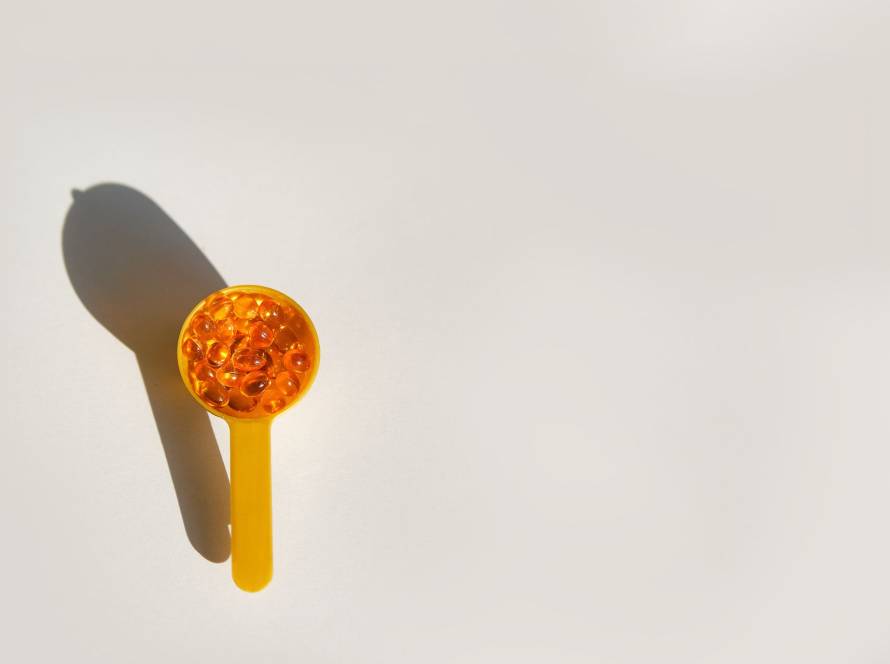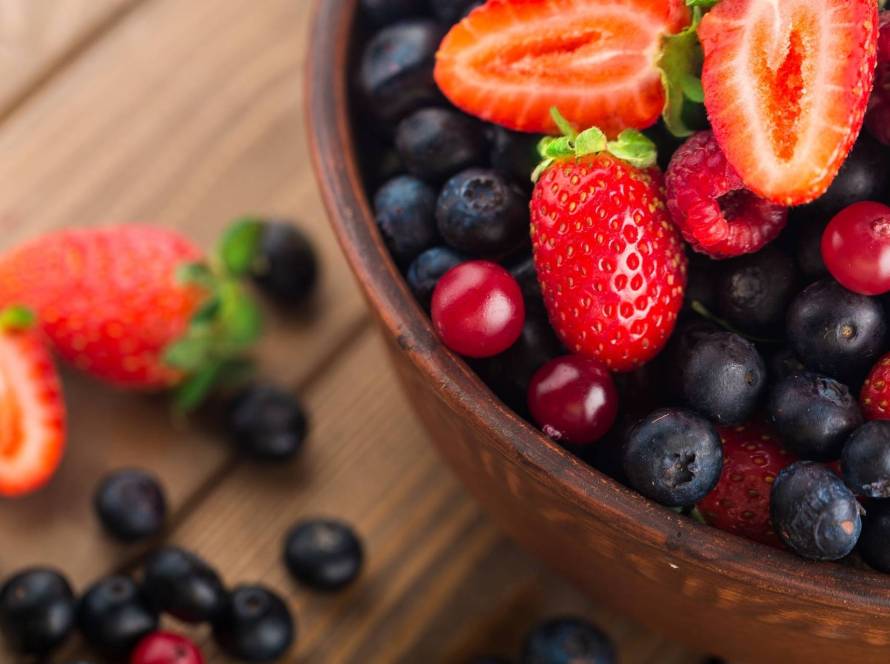Imagine living in a place where people are 10 times more likely to reach their 100th birthday than in the United States. These fascinating regions, called blue zones diet hotspots, thrive in five locations worldwide, from Okinawa, Japan to Loma Linda, California.
This detailed piece reveals the time tested dietary wisdom from these longevity hotspots. Discover practical ways to add these life, extending food choices to meals. The simple food rules that centenarians follow could help you live longer too.
The power of blue zone eating for longevity
Blue zone residents never planned to live for 100 years. None of them deliberately counted calories, weighed protein or read nutrition labels to reach their impressive ages. Their longevity comes from cultural practices and food environments that naturally promote long life without extra effort.
How centenarians eat differently than most Americans
The typical American diet centers around meat and processed foods, but blue zone residents follow a completely different path. Their meals consist of 95% plant based foods, mostly vegetables, fruits, whole grains and legumes. Their food contains minimal processed ingredients and added sugars.
The biggest difference shows up in meat consumption. According to studies, americans eat about 176 pounds of meat annually, while blue zone residents eat just 20 pounds per year, usually once a week as celebration food. Blue zone residents meat comes from free roaming animals rather than factory farms.
Beans are the life blood of longevity diets in blue zones. Black beans feed the people of Nicoya, while Mediterranean regions favor lentils and garbanzos and Okinawans eat soybeans. These communities eat at least four times more beans than Americans. Beans pack the perfect nutrient mix, 21% protein, 77% complex carbohydrates and minimal fat.
Centenarians diets typically include:
- Abundant leafy greens: middle aged people who ate one cup of cooked greens daily were half as likely to die within the next four years compared to those eating no greens;
- Daily fruit: studies show that consuming a quarter pound of fruit daily (roughly an apple) was associated with 35% lower mortality risk;
- Two handfuls of nuts daily: the frequency of nut consumption was inversely associated with total and cause specific mortality, according to studies;
- Six tablespoons of olive oil: for middle aged Ikarians, this amount appeared to cut mortality risk in half.
Blue zone centenarians get their nutrients from whole foods instead of vitamins or supplements. Their bread differs too, it’s either whole grain or naturally fermented sourdough that lowers the glycemic load of meals.
The 80% rule (hara hachi bu)
Okinawa, Japan gave us one of the most powerful eating practices from the blue zones. Okinawans say “hara hachi bu” before meals, a Confucian inspired reminder to stop eating when they feel 80% full.
This practice shows amazing results. Okinawans over 65 live longer than anyone else, with men reaching 84 years and women nearly 90 years.
The energy intake of the Okinawan centenarians living at home was about 1,100 kcal/day for both sexes, which was similar to that of centenarians throughout Japan. American men eat over 2,500 calories daily and American women consume over 1,700 calories daily.
Hara hachi bu brings extra benefits:
- Less acid reflux, bloating and digestive issues;
- Lower risk of cancer, stroke and heart disease;
- Better digestion;
- More mindful eating and greater food enjoyment.
We can start hara hachi bu with simple changes: serve smaller portions, eat slower, avoid distractions during meals and use smaller plates.
Blue zones eating approach works because it doesn’t feel restrictive. These centenarians still enjoy food and share meals with others. All the same, their eating patterns, built around plants, beans, whole foods and moderation, help them live extraordinarily long lives without trying.
Essential blue zone foods to add to your diet
Scientists have studied what centenarians eat for decades. Their research points to four food groups that make up the blue zones diet. You can live longer by adding these foods to your daily meals.
Beans and legumes: the life blood of longevity
Beans are the top food in all blue zones and serve as the life blood of every longevity diet worldwide. Black beans dominate plates in Nicoya, while Mediterranean regions favor lentils and garbanzos. Okinawans rely on soybeans as their protein powerhouse.
Blue zones residents eat at least four times as many beans as Americans do. They eat a minimum of half a cup of cooked beans each day.
Beans pack an impressive nutritional punch, their high fiber content helps keep blood sugar steady and reduces cholesterol. Research shows that eating beans four times weekly reduces heart disease risk by 22%.
Beans give you most vitamins and minerals you need. They also help you eat less unhealthy food.
Whole grains and sourdough breads
Blue zones bread differs from typical American white bread. People there eat either 100% whole grain bread or naturally fermented sourdough. These choices significantly impact health.
People who eat more whole grains tend to live longer. Research shows that each 16-gram increase (about one slice of bread) in whole grain consumption reduces death risk by 7%. Eating 90 grams of whole grains daily cuts all cause mortality by 17%, according to studies.
Traditional sourdough bread brings unique advantages beyond regular whole grain bread. Bacteria “digest” starches and glutens during fermentation. This natural process lowers the meals glycemic load.
Nuts and seeds for daily consumption
Women at high risk for heart disease cut their heart attack risk by almost half when they eat nuts five or more days weekly. A large study of 86,000 people showed that eating one ounce of nuts daily reduced stroke risk by 35%.
Each nut type brings something special: almonds give vitamin E and magnesium, peanuts provide protein and folate, Brazil nuts deliver selenium, cashews offer magnesium and walnuts contain alpha-linoleic acid.
Seasonal fruits and vegetables
Blue zones residents eat many different plant foods that grow locally and in season. They pickle or dry extra produce to eat year round.
Dark leafy greens lead the pack of longevity boosting vegetables. Spinach, kale, beet and turnip greens, chard and collards pack nutrients, antioxidants, vitamins and minerals with few calories.
Plant foods make up 95-100% of blue zones diets. Fresh fruit serves as their go to sweet treat. Blueberries shine for protecting brain and heart health. Papayas, pineapples, bananas, strawberries, tomatoes, oranges, apples, figs and peaches round out their fruit choices.
We can build a foundation for longer life by adding these four food groups to our daily meals. This approach mirrors the eating patterns of the worlds longest living cultures.
Foods to limit according to blue zone wisdom
People in blue zones don’t just live longer because of what they eat. Their longevity comes from what they choose to limit too. This approach isn’t about restriction, it’s about balance. You can still enjoy treats while staying healthy.
Meat as a condiment, not a main course
The way blue zones residents eat meat looks nothing like the typical American diet. These people don’t eat much of either, about two ounces five times per month. They use meat mostly as a celebration food, side dish or to add flavor. Their meat intake makes up about 5% of their total food, unlike Western diets that put meat at the center of every meal.
Blue zones aren’t strictly meat free. The meat that blue zone residents do eat comes from free range animals raised without hormones, antibiotics or pesticides. This supports both their health and ethical choices.
Dairy consumption patterns
Most blue zones diets skip cows milk completely. This makes sense since about 75% of people worldwide struggle to digest lactose, according to studies.
Some places like Ikaria and Sardinia do use small amounts of sheep and goat milk products, mostly fermented foods like yogurt and cheese. Fermentation creates good bacteria that might make these foods easier to digest.
Sugar and processed foods
Blue zones residents eat very little added sugar, about seven teaspoons daily compared to Americans 22 teaspoons. Sugar isn’t a daily habit but something they choose for special occasions, usually from natural sources like honey or fruit.
These centenarians stay away from processed foods including:
- Sugar sweetened beverages and fruit juices;
- Refined grains and oils;
- Prepackaged and frozen foods;
- Salty snacks and processed meats.
This matters because too much sugar weakens your immune system and raises insulin levels, which can lead to diabetes, weight gain and shorter life.
Beyond food: lifestyle factors that enhance dietary benefits
Diet plays a huge role, but the amazing longevity in blue zones comes from a complete lifestyle approach. These regions combine dietary benefits with four lifestyle factors that create a powerful impact on health.
Natural movement throughout the day
Blue zone residents don’t pump iron, run marathons or join gyms. Their daily routines naturally include movement through gardening, walking, cooking and household chores. This steady, light physical activity keeps their bodies active all day. Sardinian blue zone’s men showed their longevity linked to raising farm animals, living on steeper slopes and walking longer distances to work. Our lifespan can be predicted by just walking more or climbing more stairs each day.
Purpose driven living (ikigai)
Okinawans have “ikigai” while Nicoyans follow “plan de vida”, a clear sense of purpose that means “why I wake up in the morning”. This deep sense of meaning can add up to years to your life expectancy. A strong life purpose enhances life quality, encourages healthier behavior and reduces stress.
Stress reduction practices
Centenarians face stress too, but they know how to let it go. Each blue zone has its own way: Okinawans take time to remember ancestors, Adventists pray, Ikarians take afternoon naps and Sardinians gather for happy hour. These habits help fight chronic inflammation linked to major age related diseases. Daily downshifting through prayer, meditation or self reflection becomes both routine and lifestyle.
Social connections and community
Most centenarians belong to faith based communities, whatever their denomination. Okinawans create “moais”, groups of friends committed to each other for life. Strong social networks offer emotional support, validation, empathy and resource sharing during tough times. Close family ties also reduce stress and lower depression risk.
Blue zones teach us that habits for a longer life don’t have to feel like a burden. Simple changes can make a big difference in how long we stay healthy. We could add more beans to your meals, pick whole grain bread instead of white or just stop eating before you feel stuffed. These eating habits, which have worked for generations of 100 year olds, are a great way to not just add years to your life but life to your years.


